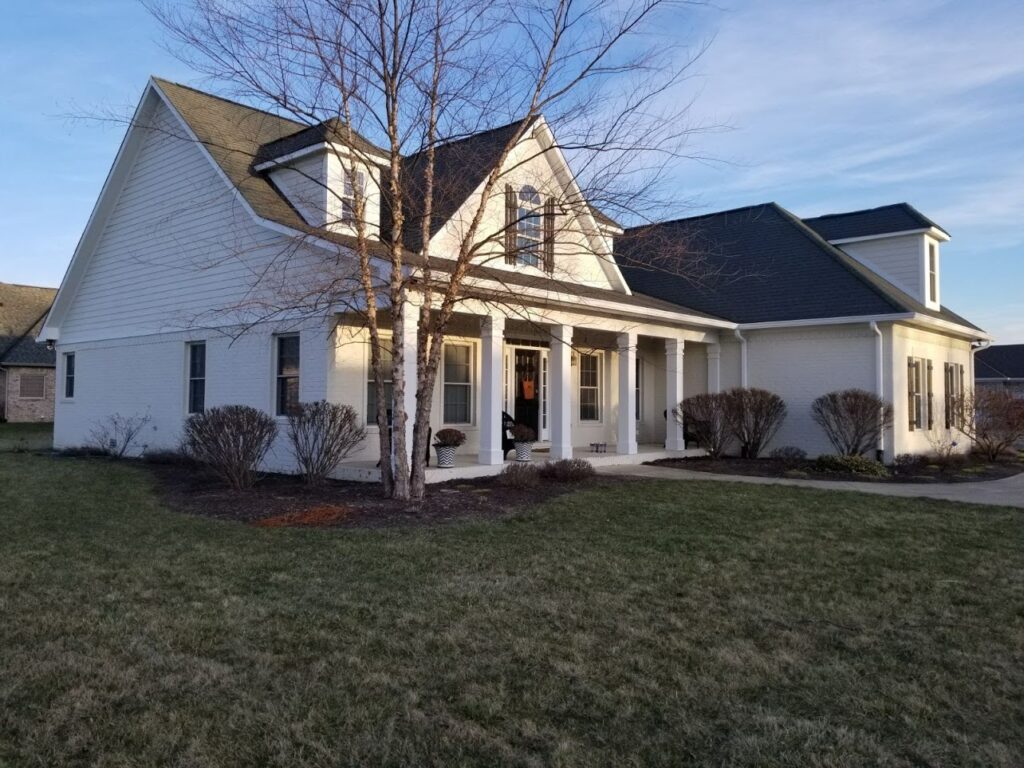Whether it’s for your home or business, out of necessity or for your own satisfaction, at some point, you will likely encounter the decision to DIY or hire out a paint job. Knowing how to estimate a paint job will help you determine the best course of action for you and help you choose the right contractor if you should decide to get a professional painter.
Hire out vs DIY
Knowing how to estimate a paint job can help you to evaluate whether you really want to take it on as a DIY project by enabling you to see the full scope of the project. Basically, it comes down to whether it needs to last, you have the skill and you have the time.
Do you want/need it to last? For best results, you will need to properly prep the surface, which may require you to do the following:
Repair/replace wood/plaster/drywall
Sanding
Cleaning surfaces
One coat of primer plus two coats of paint
Do you have the skill? Painting takes practice, and if you don’t do it every day, you may end up with paint drip spots, bleed through, roller marks, blisters, and paint in unintended places such as the trim or ceiling. No one will have to ask if you hired a professional painter; the answer will be in plain sight.
Do you have the time? There’s a reason people use the phrase “it’s like watching the paint dry” to describe something boring or tedious. Ask yourself, do you have the time, and do you want to spend your time prepping all the surfaces and letting the paint dry between coats. To estimate the prep and paint application time, you could average about one minute per square foot depending on your skill and speed. Time adds up quickly, and a weekend project often drags on to several weekends.
Choosing a contractor
Intuitively or through previous experience, you likely know not all painting contractors are the same. Knowing how to estimate a paint job helps you to better compare contractors. To make sure you are comparing apples to apples, here are some tips:
Check online reviews. Professional painters with any longevity should have reviews. Check Google reviews and other home sites such as HomeAdvisor and Angi.
Check references.Go a step further and ask each contractor for references, and call the customers that have had projects similar to yours to ask about their experience with the painting company.
Check out their website and/or ask for examples of their work. Their website can help you see their crew’s skill conveniently from your internet-enable device. You might even ask for addresses for exterior jobs they have previously completed, so you can drive by and see how their work is holding up.
Check estimate details. Seek a written estimate from each contractor. It should include a breakdown of labor, material costs, the number of coats of primer and paint, the brand and model of materials, and a detailed description of the amount of surface preparation that will be done. If you have estimates from three different painters and one is vastly lower than the other two, it could be a red flag. Were they thoughtful and thorough in their approach? Will there be charges added later?
Check for guarantees. The painter should promise to correct any chipping, peeling, blistering, flaking, or excessive fading or chalking that occurs within two years after the job is done at no or little cost. If he tells you the paint itself has a warranty, remember that doesn’t include labor, which is a far more costly proposition than material.
What should be included in a painting estimate?
- Measurements. A lax painter may ask for your floor space, i.e. “how many square feet is your house/room?” The problem with just getting square footage is that it doesn’t account for ceiling height, the number of doors and windows and other factors that could significantly impact the amount of materials and labor needed. If your painter makes a point of visiting, taking a walkthrough, and measuring with tape and laser measuring device, you’ve got a painter interested in providing a fair and accurate quote.
- Scope of work. Don’t make assumptions that every painter builds the same items into their quotes. Are ceilings, trim and doors included? Is any repair work included? Will there be spackle or caulk required? Some of these items may be included in a quote, some need to be called out.
- Labor. If it’s a big job, how many will be in the crew and how many of those will be experienced, foreman-level people, and how many will be less-experienced? An experienced estimator will price labor cost using tiered rates or by using a “blended” rate. It may also include specialized services like finishing carpentry or siding installation.
- Materials. What materials will you use for the job? If it’s a big job, a painter may have to buy some new items or may exhaust items already owned in the process of completing the job. Materials included in painting costs include paint, primer, paint trays, brushes and rollers, sandpaper/sander, caulk, spackle, drop cloths, and tape, just to mention a few. The job may also call for ladders or scaffolding. To get a ballpark idea of how much paint is needed, check out Sherwin Williams’ paint calculator.
If you still are looking for more information on how to estimate a paint job, simply getting estimates from professional painters can give you more insight. You can see the costs broken down. Plus, a proper estimate memorializes the job upfront and is something that can be referred to later for quality control if you hire it out. It establishes the painter as a professional and gives the customer insight and a feeling of inclusion into the process that enhances the value of the overall experience. For a free estimate on your next commercial or residential project, complete a virtual estimate or schedule an appointment with ONiT today.



